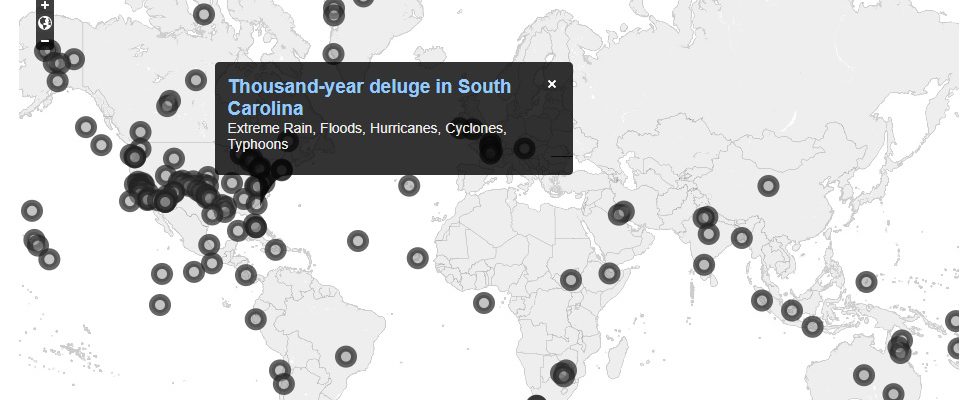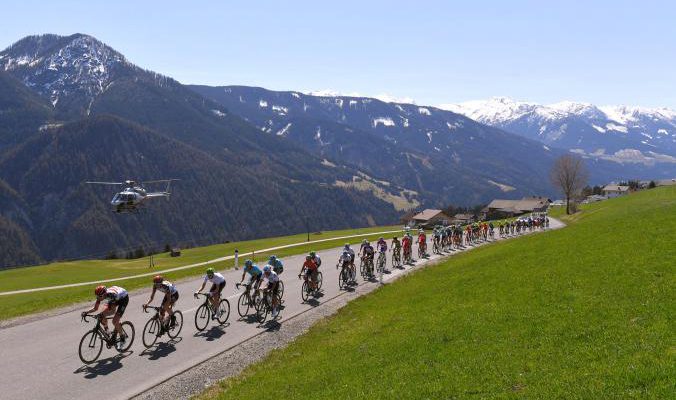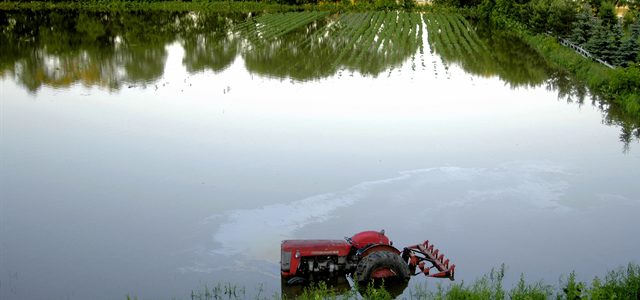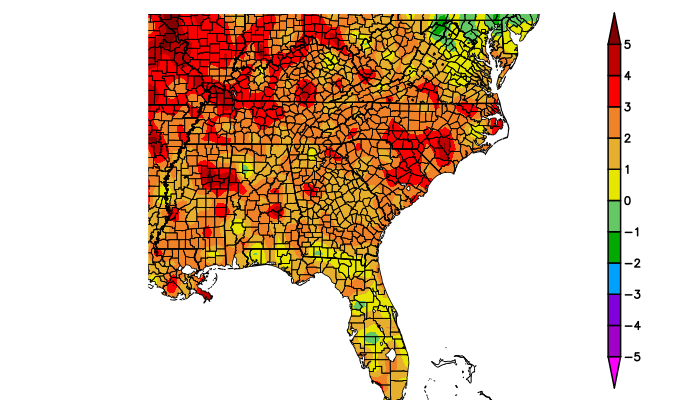2018
-

If you are interested in what is going on in weather and climate around the world, you should check out Climate.gov‘s Event Tracker page at https://www.climate.gov/news-features/event-tracker/all. It shows some of the fascinating weather extremes that are happening around the world in a clickable map format that allows you to choose your location and see what event…
-

National Geographic posted an interesting story today on changes in climate that were observed by looking at video footage of a famous Belgian bicycle race that has been held every April since 1929. In looking at the footage of the race, scientists noticed that in the early years of the race, the trees next to…
-

With all of the rain we have been having across the Southeast, ponding in some fields has been a big issue. This video from the Farm Bureau on what things you need to consider after ponding occurs may be useful to you. You can view it at https://www.agweb.com/article/fjctv-managing-environmental-challenges-post-ponding/.
-

The latest monthly summary of climate for the United States was released this morning by NOAA. It shows that for the US, the average June temperature was 3.0 degrees above the 20th century average. That makes it the third warmest since records began in 1895, after 1933 and 2016. For the January through June period,…
Posted in: Climate summaries -

The Southeast Regional Climate Center has just released their monthly climate summary for June 2018. You can access it at https://www.sercc.com/SoutheastRegionMonthlyClimateReportJune2018.pdf.
Posted in: Climate summaries -

Here’s the most interesting story I’ve seen this week. BBC News reported that due to the pervasive drought they have been experiencing, fields are yielding up secret outlines of former fortresses and castles. The fortifications are marked by deeper soils than average, resulting in more moisture and better crops. Green lines and circles in the…
-

Today’s question from the Georgia Climate Project Roadmap discusses the importance of understanding the risks that we are likely to see from extreme weather on urban and rural infrastructure. This could include changes in the frequency or severity of tropical storms, increases in flooding and the impact on roads, manure lagoons, etc. and higher temperatures…